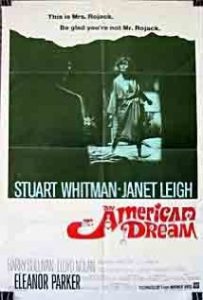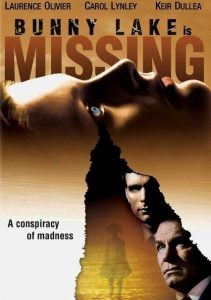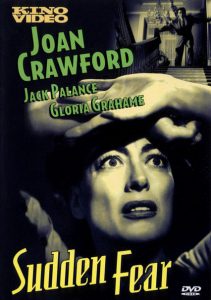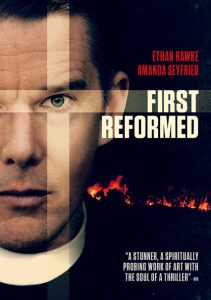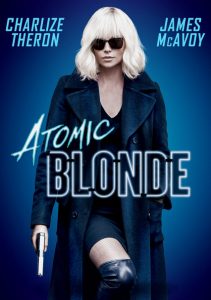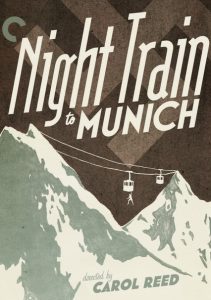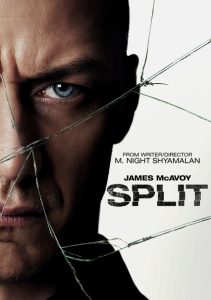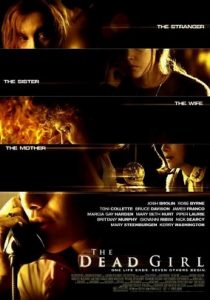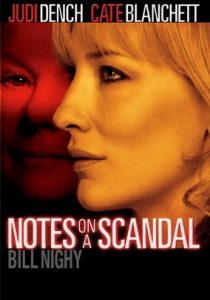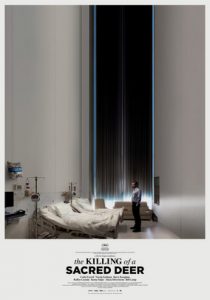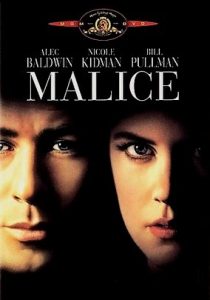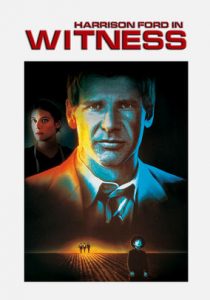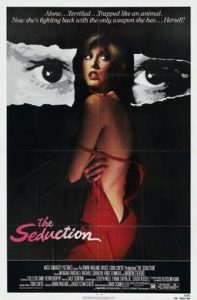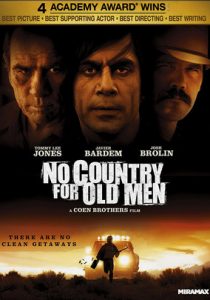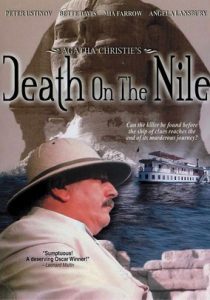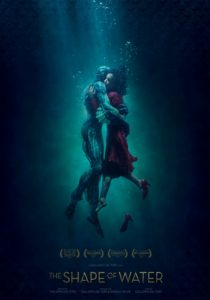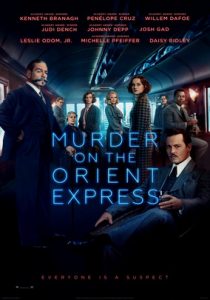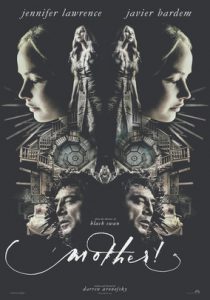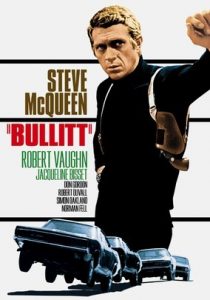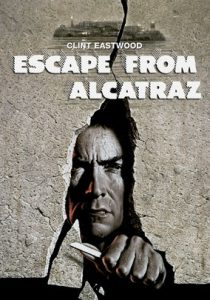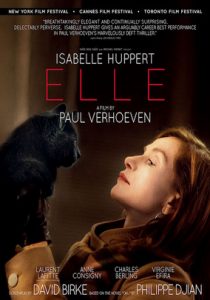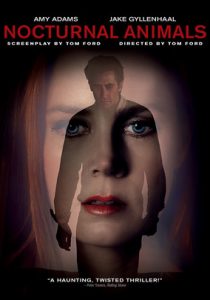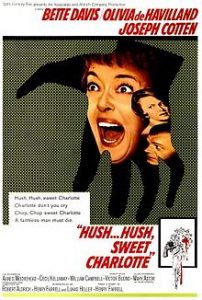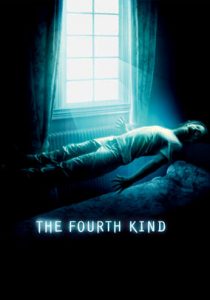An American Dream-1966
Director Robert Gist
Starring Stuart Whitman, Janet Leigh, Eleanor Parker
Scott’s Review #879
Reviewed March 19, 2019
Grade: C-
An American Dream (1966) is a film version of the Norman Mailer novel of the same name. Directed by Robert Gist, the cast includes Stuart Whitman, Janet Leigh, and Eleanor Parker, who do what they can with mediocre writing, uneven pacing, and an unsatisfying ending.
The roles suffer from miscasts and misfires. The film plays more like an episodic television detective show or a darker version of a television movie than a compelling feature.
Except for one terrific high-rise scene, the film is essentially a waste of time.
Stephen Rojack (Whitman) is a decorated war hero who returns to Los Angeles to become a journalist. He publicly criticizes the police for failing to accost a known crime lord named Ganucci (Joe De Santis), which angers the mobster.
Simultaneously, Rojack’s alcoholic wife, Deborah (Parker), flies into a drunken rage when he asks her for a divorce, resulting in her toppling from a swanky high-rise to her death. Riddled with guilt, Rojack resumes a relationship with his former girlfriend and Ganucci’s ex, Cherry (Leigh).
The best scene is the intense confrontation between Rojack and Deborah. The sweeping, expansive balcony and the open-air locale overlooking dazzling Los Angeles should be a significant clue that something dire will transpire, especially as Deborah is drunk beyond belief and filled with fury.
Her lavish apartment is adequately decorated in the latest 1960s style, giving the scene a plush sophistication. The vicious death scene is wonderfully done as the woman not only falls to her death but is subsequently run over by a car, adding insult to injury.
The scene is also the crux of the entire film.
Harboring the thrill of the climactic scene, however, is Parker’s jarring, overacting performance, making Deborah appear crazed and animal-like. The display is understood as making the character unlikable and unbalanced- the hunky gigolo in her bed also makes her unsympathetic-but the cartoon acting seems amateurish and beneath the fabulous actress.
Remember, this is the same woman who created the sophisticated and memorable character of the Baroness in The Sound of Music (1965).
The premise of the film is illogical and unbalanced as, to my eyes, it appears Deborah falls to her death accidentally, but the reasoning of the film portrays Rojack as riddled with guilt for causing her death.
He even admits his guilt to her father in one scene. His claim to the police that Deborah committed suicide is, of course, untrue, but the unnecessary guilt seems implausible and too much of a stretch at creating the main plot point.
The most significant negative aspect of An American Dream is Janet Leigh’s casting as Cherry. Wearing an unappealing and silly wig, the Hollywood star seems unbelievable and just wrong as a mob girlfriend.
Her soft features and petite frame do not fit the part, and her lip-syncing of the Oscar-nominated theme song “A Time For Love” does nothing to elicit credibility from either the character or the actress.
When An American Dream bombed at the box office, desperate distributors retitled the film See You in Hell, Darling, but to little avail. Reducing it to weekday airings on television did nothing to change the image of a low-budget, made-for-television style look or the episodic detective tint.
The intended perception of a horror film is a strikeout, as the experience is more like a tepid thriller.
For fans of Janet Leigh, An American Dream is not recommended.
The preferred suggestion is to skip this one and delve into other gems, such as the legendary Psycho (1960) or Touch of Evil (1958).
An American Dream (1966) doesn’t utilize the legendary actresses’ talents. It is a forgettable film that is best left in the bargain bin.
Oscar Nominations: Best Original Song-“A Time For Love”
